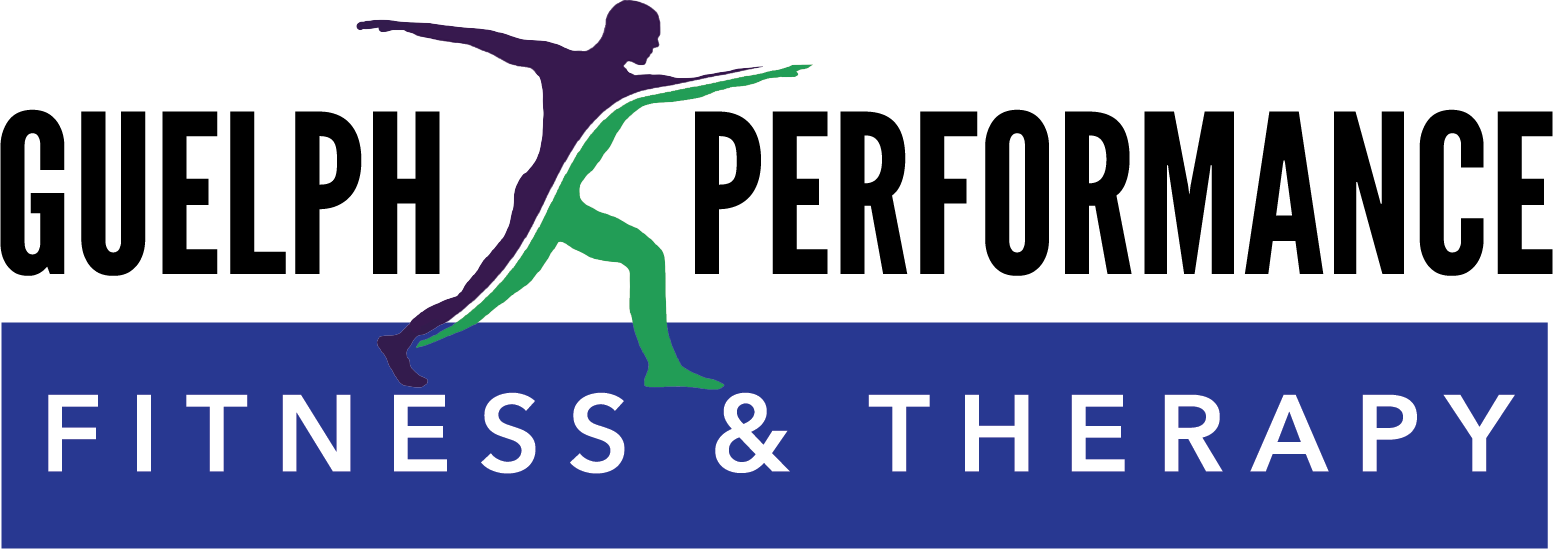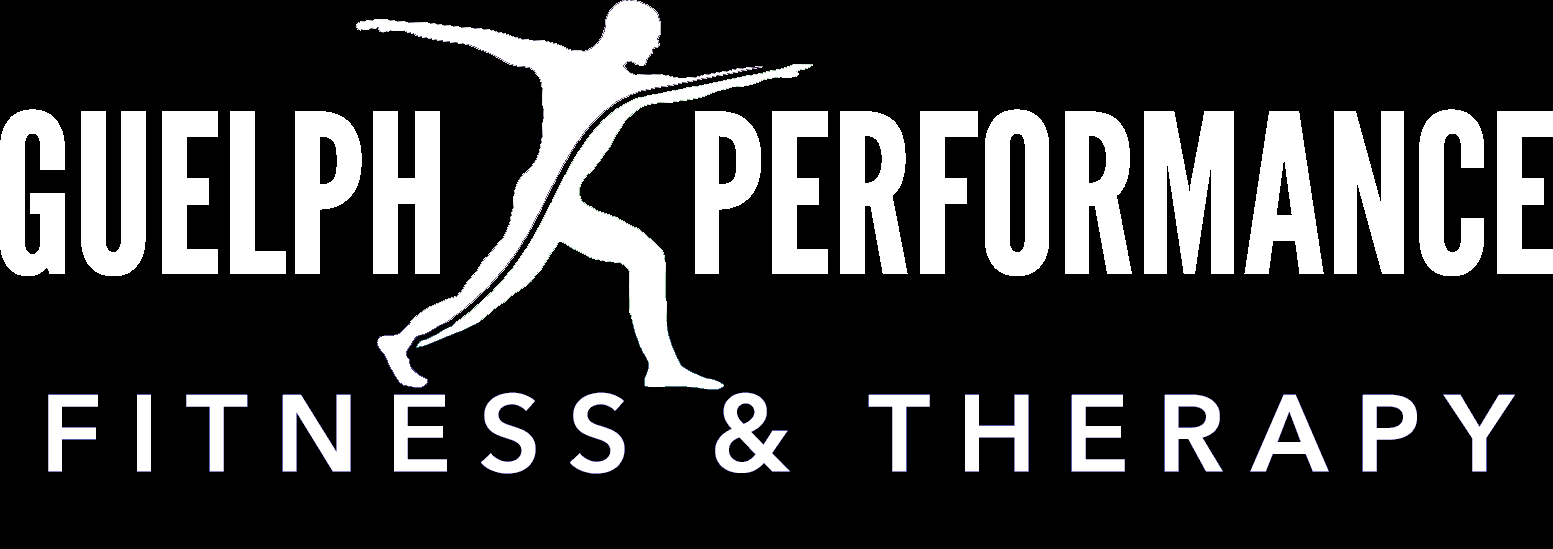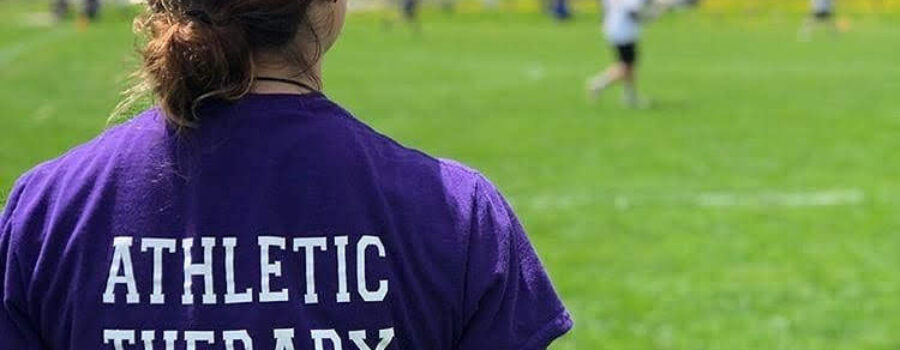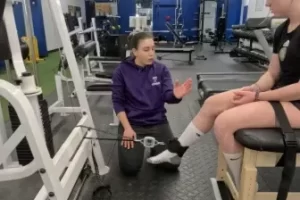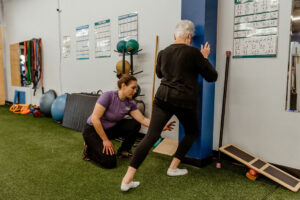Teams have hit the fields for pre-season training, and we are on the brink of Rugby & Football seasons beginning! And with that come the dreaded injuries that are common in these sports. You and your coaches want you to recover and get back on the field quickly, but what about maintaining your body for the rest of the season?
While it’s impossible to completely prevent injuries from happening, we can work hard to minimize the time required off the field, and return strong!
How do you know if you’re injured, not just “hurt”?
This is a tough line to identify, but so crucial. Sports, and especially contact sports HURT.
Pain is a communication from your body to your brain to give warnings, hoping to avoid catastrophe. Athletes are good at ignoring these warnings — but sometimes we should listen to these alarms.
Using the analogy of traffic lights, we can compare “hurt” to a yellow light and “injured” to a red light, with the context of pain severity:
– Green Light: Feeling fine, no pain or discomfort, or maybe the hurts-so-good feeling of exertion.
– Yellow Light: Hurt. This indicates caution; there’s some pain or discomfort, but it’s typically minor or temporary. You can proceed but with awareness and perhaps some adjustments to activities. If however, you have reduction in range of motion of any joints or reduction in strength, you should take a break and get evaluated!
– Red Light: Injured. This signals a need to stop and seek attention. The pain indicates significant or potentially serious physical damage that requires rest, treatment, or medical intervention.
Steps for healing your sports injuries:
When it comes to sports injuries, healing is not a one-size-fits-all process. The journey can take place all within a couple days, or it could be more complex and take a while — unfortunately, it is very hard to tell which end of the spectrum your injury is on the day of injury. You can follow these steps, keeping in mind that the road to recovery is often more like a rollercoaster.
Step One: Recognize your body’s needs
Ignoring pain and pushing through discomfort often can exacerbate underlying problems and prolong recovery time. Listen to your body — ask yourself if you are sore because sports hurt, or if your function, strength, and abilities are compromised and you need to step down.
Step Two: Don’t delay asking for help
Sometimes recovering from a sports injury, whether minor or severe, requires the expertise of sports medicine experts such as the Athletic Therapists at Guelph Performance. We can provide a thorough assessment, rehab exercises, and guidelines for moving toward return to play.
Step Three: Understand the roles of Rest and Early Rehab
While rest is essential for allowing the body to heal, it’s not always the best or only solution. In many cases, early rehabilitation is key to restoring mobility, strength, and function. You might be able to self-treat at home, following the principles of METH (M
obilize, Elevate, [gentle] Traction, Heat), or you might need to make an appointment with an Athletic Therapist.
Step Four: Sport-specific rehab and reconditioning.
As you progress, it’s important to subject yourself to the demands of your sport, both to prepare for re-entry and also to test your body for readiness. This involves drills that mimic the movements in your sport, while slowly increasing load and intensity. You can jump from balancing on one foot in the clinic to making a huge interception and running for a touchdown overnight!

Step Five: Gradually return to non-contact sport
Now that you are strong and stable in the clinic environment, or at home during regular daily activities, it’s time to challenge your system. Start with low-impact drills at practice, to simulate game situations while protecting from re-injury. Progressively increase load, and be prepared to take a step back if your body is telling you it needs more time.
Step Six: Full participation with teammates
Whether you’ve been out of the game for a few days or a few months, reintegrating with teammates is key. Collaborate with your coaches, therapists, and teammates to increase involvement while still respecting your injury. This will also ensure psychological readiness to return to gameplay!
Step Seven: Return to gameplay
Celebrate your achievements but remember to continue to prioritize injury prevention and pre-hab exercises and drills to minimize the risk of future re-injury.
Are you currently injured, and anxious to return to the game ASAP?
Perhaps you keep experiencing the same aches and pains over and over. Maybe it’s time to switch up your recovery routine or ask for help!
Guelph Performance Therapists will be on the sideline for most Guelph (and area), Cambridge, and Kitchener-Waterloo games! Look for the therapist in purple. We are also here to help you return to sport as quickly and safely as possible in the clinic. Book an appointment HERE or call us at 519-957-2636.
